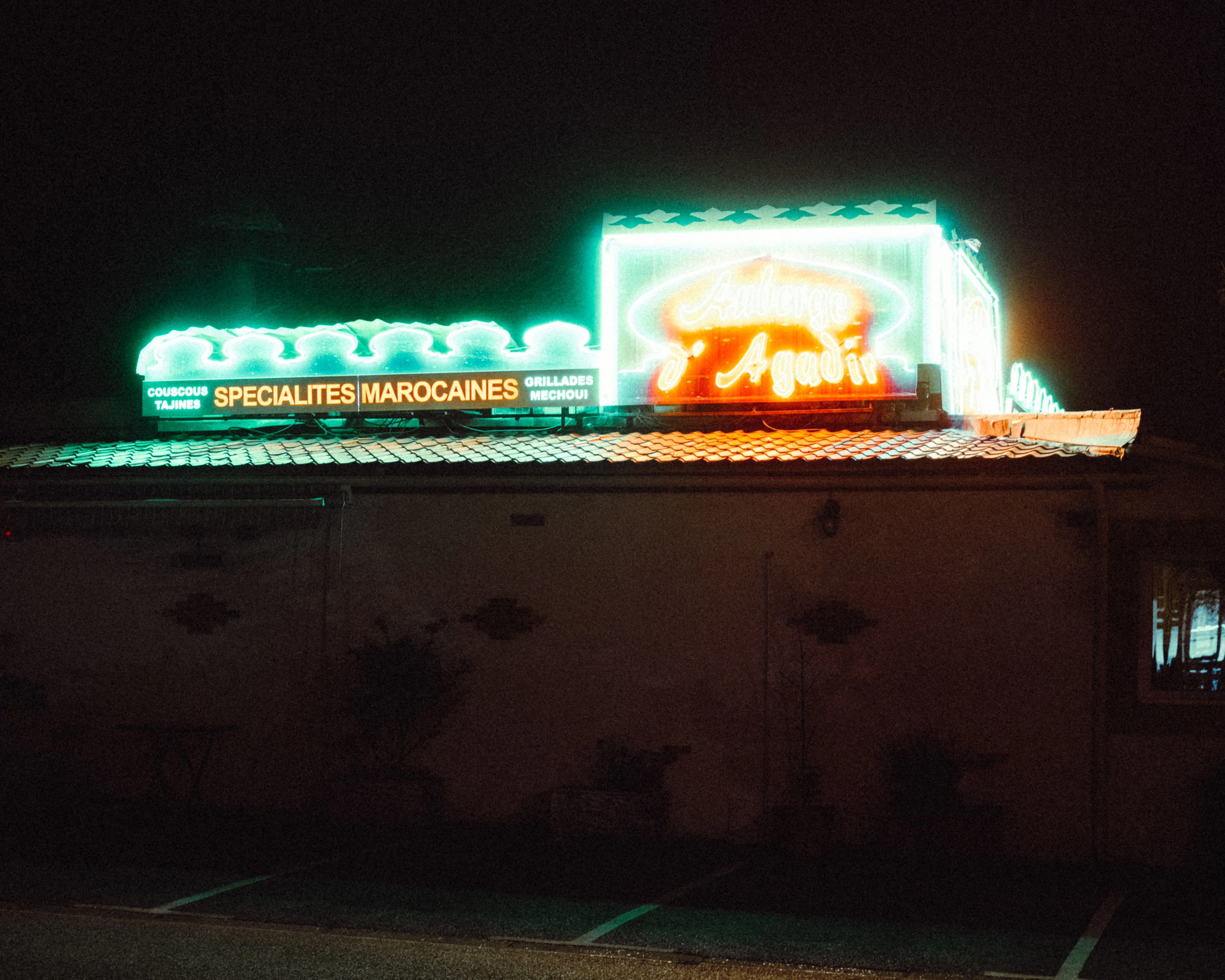Sample by My Essay Writer

“If you were given funding for a small engineering project that would make everyday life better for one friend or family member, what would you do?”
In the past several years, LED (light emitting diode) lighting has begun to overtake compact fluorescent lighting (CFL) as the newest, greenest consumer lighting choice. LEDs are more energy efficient and do not contain mercury, they offer a better quality of light and increased energy bill savings down the line. However, newer studies have shown that LEDs still present some major health concerns. Most notably, they contain lead, arsenic and other substances that could pose health dangers to consumers. While it is important to develop consumer lighting solutions that are more energy efficient and environmentally-friendly, studies show that more attention needs to be paid to other hazards that can be caused by these new technologies. (Scheer, 2016)
The presence of hazardous metals currently being used in LEDs is only one of the major health concerns for consumers. Another serious concern affecting those who work in environments lit by LEDs is an extreme intolerance to the blue spectrum of light. As an Information Technology worker, my father lost his job due to his inability to tolerate the blue spectrum in the LEDs used to light most of his work environments. Obviously, this has impacted our entire family. As LEDs become more commonly employed in workplaces, it becomes even more important to develop a filter that can safely and economically filter out this harmful blue light.[“Write my essay for me?” Get help here.]

The high levels of blue light emitted by LEDs has been shown to increase nighttime glare, creating more opportunities for road hazards. This light appears white to the naked eye, making it often impossible for drivers to know that their vision is impacted. Perhaps the biggest issue with these increased levels of blue light is the overall affect on human’s circadian rhythms. (American Medical Association, 2016) Outside LED lighting used at night can interfere with the body’s production of melatonin, ultimately interrupting natural circadian rhythms up to five times as much as other types of street lighting. When circadian rhythms are adversely affected, long-term health hazards can include increase blood sugar levels and decreased levels of leptin, a hormone that helps create a feeling of satiation after a meal. In extreme cases of blue light intolerance, the increased presence of blue light-emitting LEDs can cause workers long-term adverse health effects, eventually leading to serious career impact.[Need an essay writing service? Find help here.]
A study published by Opt Express in 2013, explored the use of filters to reduce the amount of blue light emitted by LEDs. A short-wavelength pass dichroic filter was created by using a phosphor film between a reflective polarized film. The efficacy of the light was increased by nearly 50 percent while also reducing the harmful effects by smoothing the spectrograph curve of standard LEDs to reduce the blue light to a less harmful range. (Oh, 2013)[Click Essay Writer to order your essay]
With more large cities converting to LED streetlights, implementing filters to remove the blue light from LEDs will need to be undertaken with cost-effectiveness in mind. However, the benefits to workers’ health and the overall reduction of toxins released into the atmosphere will reduce the economic burdens in the long run. (Lim, 2011)
References
American Medical Association. (2016, June 14). AMA adopts guidance to reduce harm from high intensity street lights [Press release].
Harvard Health Publications. (2015, September 2). Blue light has a dark side. Harvard Health Letter.
Lim, S., & Kang, D., & Ogunseitan, O.A., & Schoenung, J.M. (2010, December 7). Potential environmental impacts of light-emitting diodes (LEDs): metallic resources, toxicity and hazardous waste classification. Environmental Science & Technology, 45 (1), 320-327.
Oh, J.H., & Yang, S.J., & Oh, Y.R. (2013, September 9). Polarized white light from LEDs using remote-phosphor layer sandwiched between reflective polarizer and light-recycling dichroic filter. Opt Express, 5.
Scheer, R., & Moss, D. (2016). The dark side of LED lightbulbs. Scientific American.






